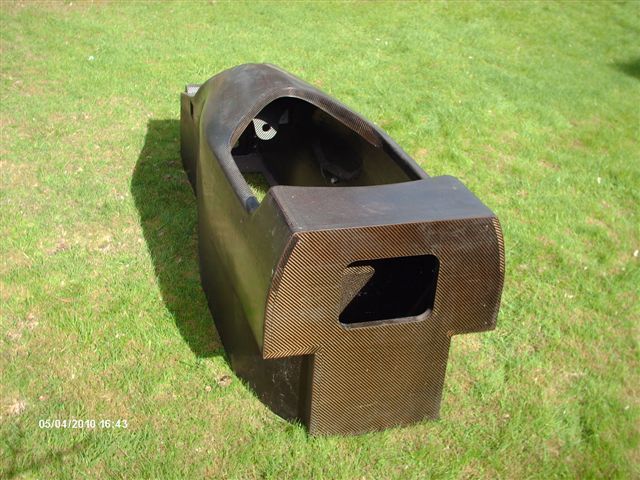
Fit and Forget Fuel Tank... What's Required!?
scootz - 21/11/11 at 05:16 PM
Once I've put a tank into the rear compartment of my trike tub, the floor will get sealed... it will only ever be opened again in the event of a
disaster! 
I'll avoid an internal fuel pump and fuel level senders as I won't be able to get to them in the case of a malfunction. Similarly I
won't be able to renew foam when it degrades, so it will have to either be baffled or have an internal collector... is one of these options
better than the other?
Lastly, the floor of the trike will be an aluminium / honeycomb sandwich panel. Is there any reason why the tank couldn't be welded directly
onto it?
Cheers!
PS - I have an inspection hatch at the rear of the tub where I can get a hand in to connect inlet / outlet hoses.
Bare - 21/11/11 at 05:45 PM
Consider buying a Race spec Fuel cell?
SeaBass - 21/11/11 at 06:05 PM
quote:
Originally posted by Bare
Consider buying a Race spec Fuel cell?
Not a very good idea as most use a bladder to meet impact resistance requirements. Therefore they have a limited lifespan. I suggest you read more
about them to extend your knowledge.
I would use a well designed and made alloy tank. Try to design the connections so they are outside your closed area. Eg no rubber fuel lines or clamps
inside

britishtrident - 21/11/11 at 07:23 PM
Fitting a fuel tank into a seal enclosed space is risky --- it must be vented to let vapour out and air in or you run the risk of the space
filing with vapour-air mixture in the explosive range --- then if the tank gets shunted the odds are it will go boom ! in a big way.
scootz - 21/11/11 at 07:27 PM
Sorry - should have been clearer... the inspection hatch I mentioned is open. You can see it on the rear bulkhead in this pic...

davidimurray - 21/11/11 at 09:03 PM
If your using an aluminimum honeycomb panel you will not be able to weld to it as your will destroy the glue bonding it together - the same applies
around exhausts etc as the heat can damage the panels - I learnt the hard way!
If your using aluminium honeycomb why not machin up some 'tapered top hat type' adaptors to go through the panel and then have a tapped boss
on the tank? We used to build aluminium honeycomb monocoques at uni and we used the top hats for all attachments including suspension mounts etc. We
did loads of testing on designs and pull out strengths etc. Might have some pics/drawings around if they are any help.
scootz - 21/11/11 at 09:06 PM
That makes perfect sense! Thanks for that David!
nz_climber - 24/11/11 at 04:40 AM
And the skin on alloy honey comb is usually less than .5mm good luck welding alloy that thin, plus what was mentioned above about it destroying the
bonding agents.



